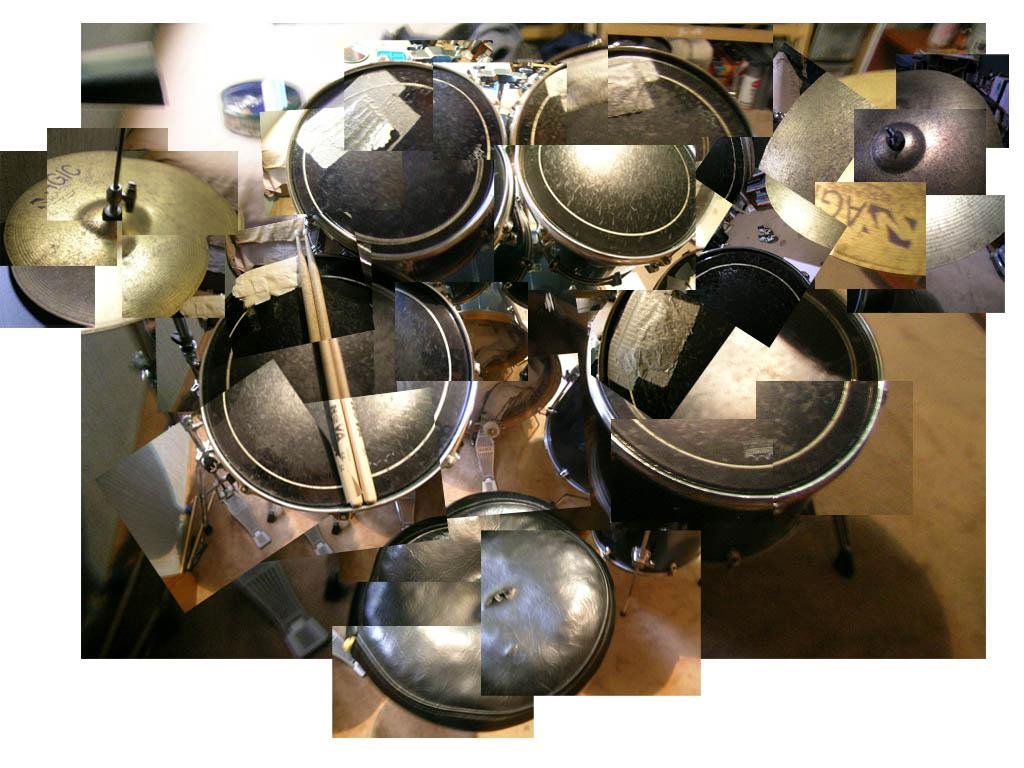A Metronome is a vital tool in music education. Guitarists, pianists, violinists, and bass players, all use metronomes during their practice, therefore it's not surprising that drummers, the "time keepers" of music, do too. In order to be a good drummer, you will need to keep good time, and practice with a metronome can help you do that.
The very basic drum practice is simple left, right, left, right... drum strokes. Start very slowly to develop good technique. You can set your metronome at 80 beats per minute, and strike the drum every other beat. This pace will give you enough time between strokes to concentrate on your form. Try to land on the drum exactly with the metronome's beat. This will require you to lift your stick a bit before the beat.
Once you feel comfortable with your technique at the speed you're going, adjust your metronome and increase your speed a bit. As you practice, never go much faster than you feel comfortable, or your form and technique will be neglected, and if you practice with bad technique, you'll learn bad technique. Not good! Once you start going really fast, instead of having the metronome go crazy, you might want to do several drum strokes for every one metronome beat.
You should also practice any drum beat you play with the metronome. You'll probably find that keeping up with the metronome beats is a little more difficult than playing it "free style". When you practice a beat, make sure the metronome's accented sound starts the beat's measure.
Practicing with a metronome will improve your time keeping almost by magic. You might not feel your sense of rhythm improving while you work with a metronome, but you'll sense it when you later play without one.



No comments:
Post a Comment